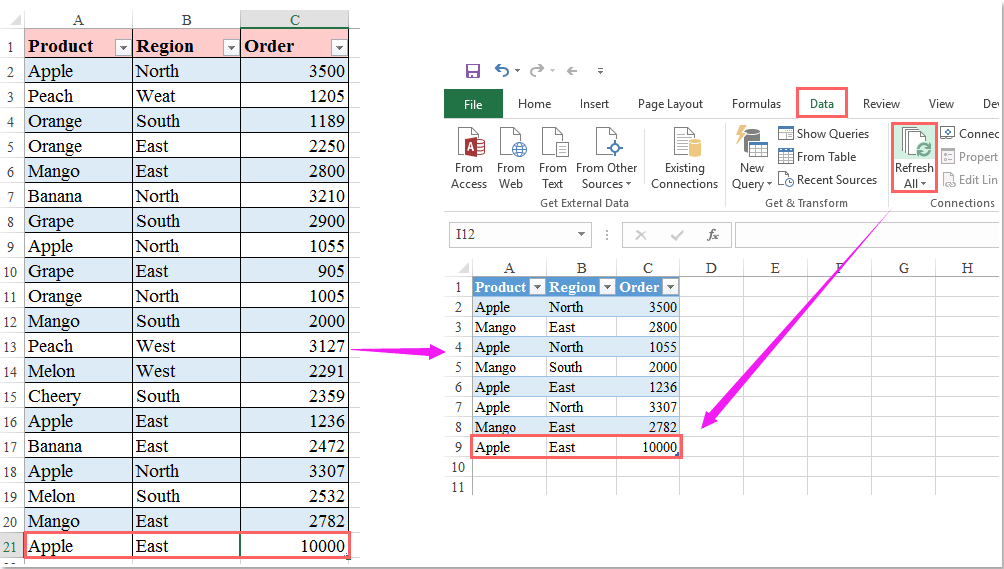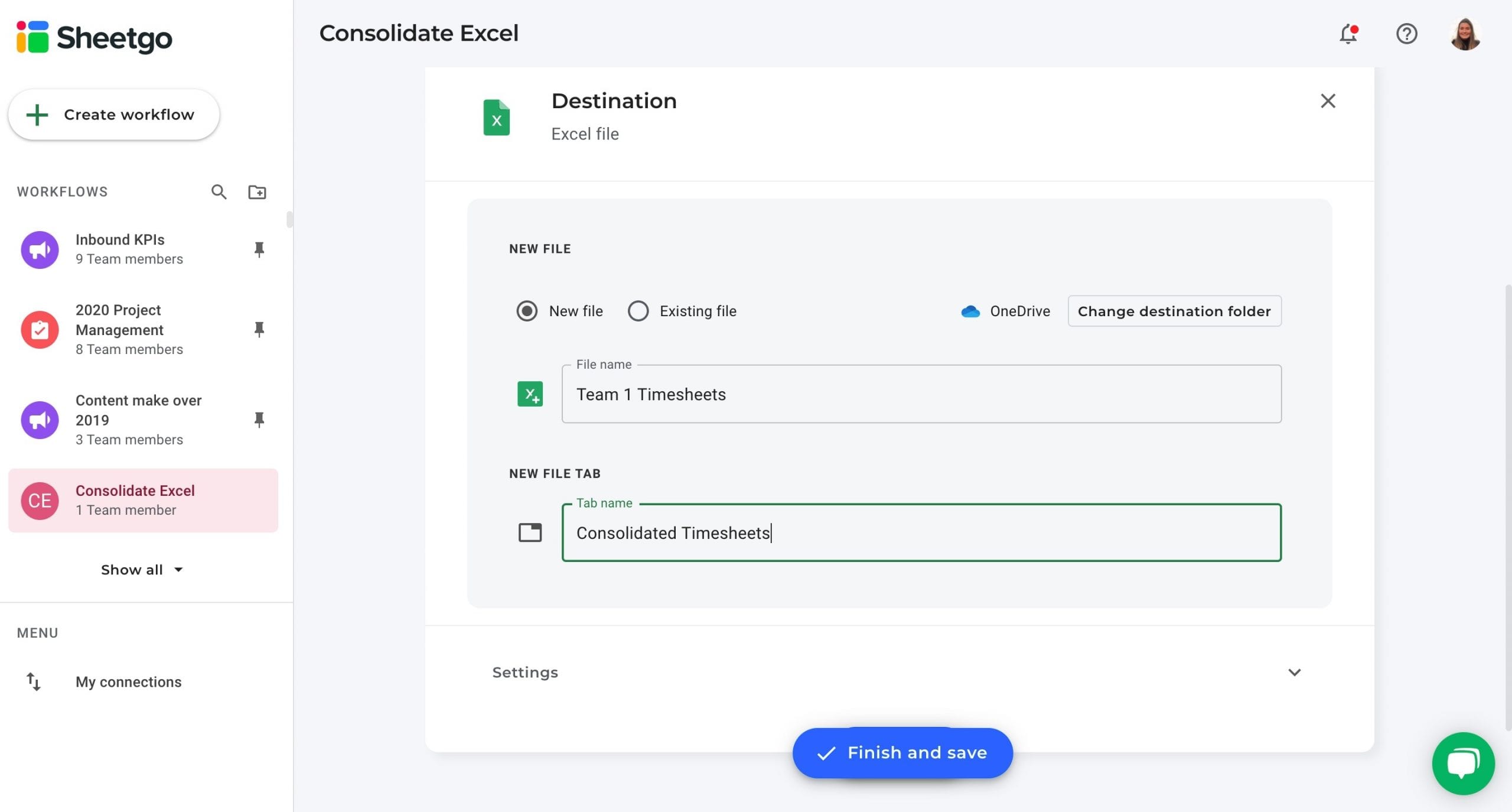Paperwork Reduction Act: What You Need to Know
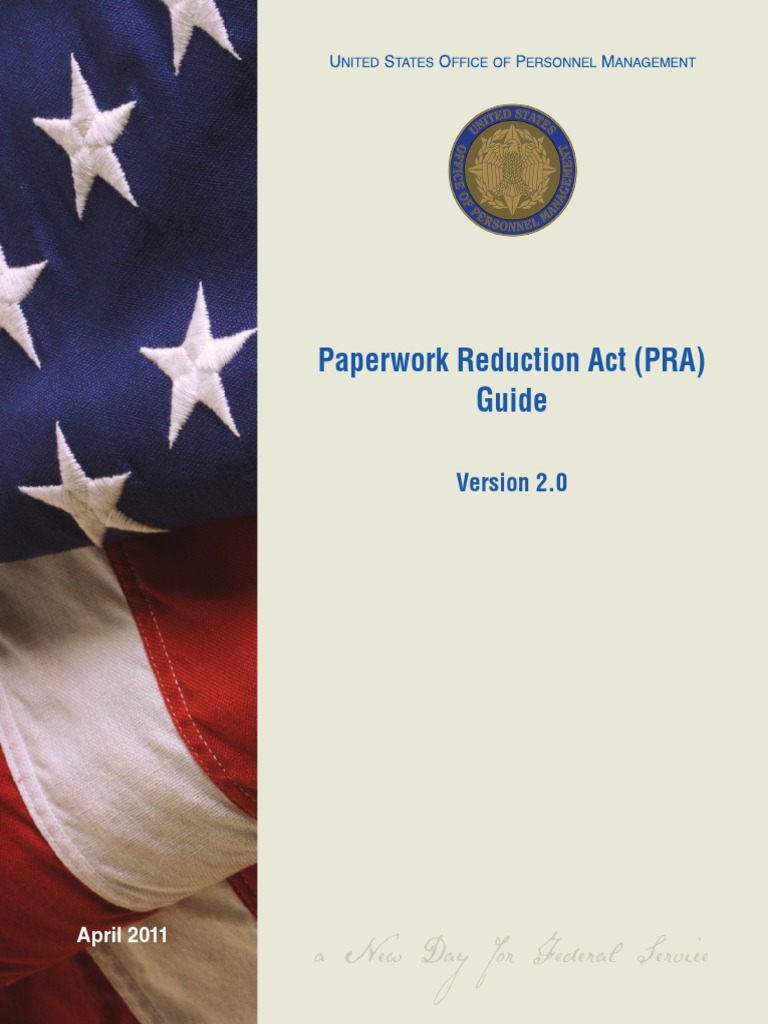
In today's fast-paced world, where every minute counts, businesses and governments alike are looking for ways to minimize paperwork. This quest for efficiency has given rise to acts like the Paperwork Reduction Act (PRA), which aims to reduce the burden of paperwork while ensuring effective governmental operations. But what exactly does this act entail, and how does it affect both the government agencies and the public? Let's dive in to find out.
What is the Paperwork Reduction Act?
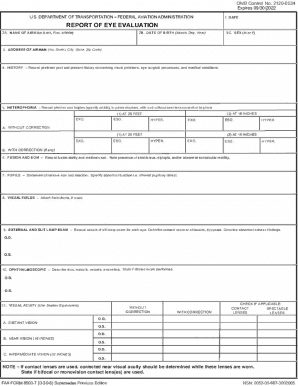

The Paperwork Reduction Act was initially passed in 1980, with subsequent amendments in 1995, to cut down on the overwhelming volume of forms, surveys, and recordkeeping requirements that federal agencies impose on the public. The PRA establishes guidelines for how federal agencies manage their information collections, requiring them to:
- Get approval for all new or revised collections of information from the Office of Information and Regulatory Affairs (OIRA).
- Consider the public’s time and financial resources when creating or revising information collection requests.
- Implement measures to minimize the paperwork burden on the public.
- Ensure the protection of privacy and data security.
ℹ️ Note: The PRA doesn't just aim to reduce paper forms; it also includes electronic forms and other means of data collection.
Objectives of the Paperwork Reduction Act
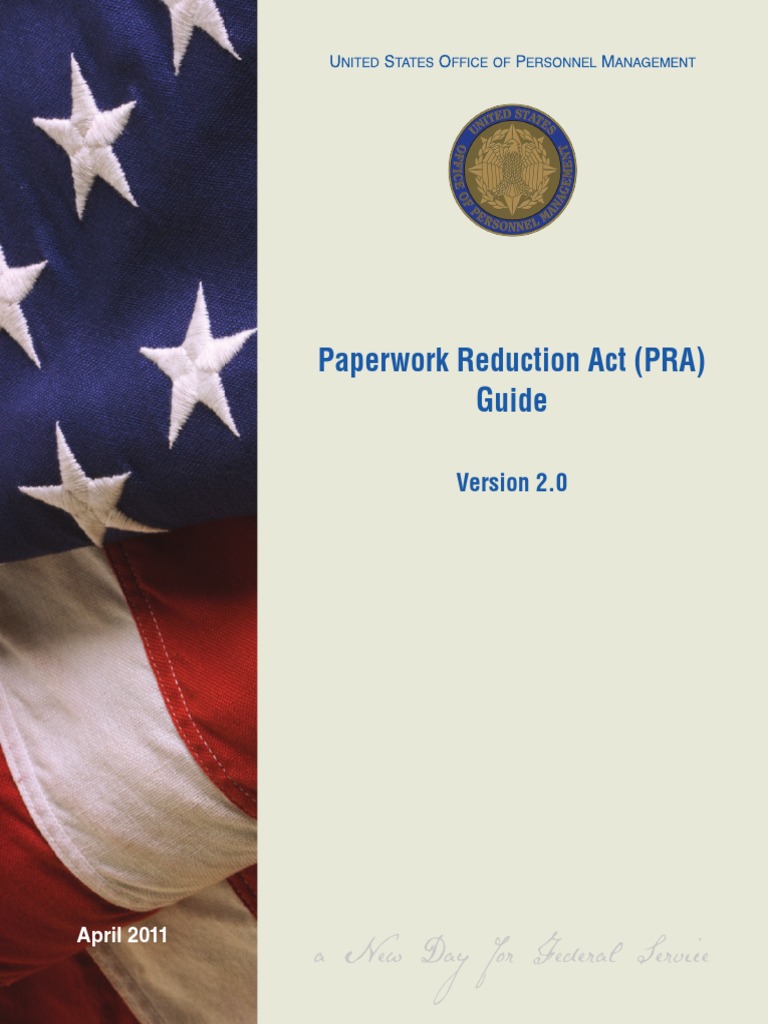
The core objectives of the PRA can be summarized as:
- Reducing Burden: The act seeks to reduce the number of information collections and, thereby, the time and costs associated with these collections.
- Ensuring Necessity: Agencies must demonstrate that the information they collect is necessary and not overly burdensome.
- Public Participation: Encouraging public participation and transparency in the information collection process.
- Privacy and Security: Ensuring that data collected is handled with the utmost care to protect individuals’ privacy and information security.
Who is Affected by the PRA?
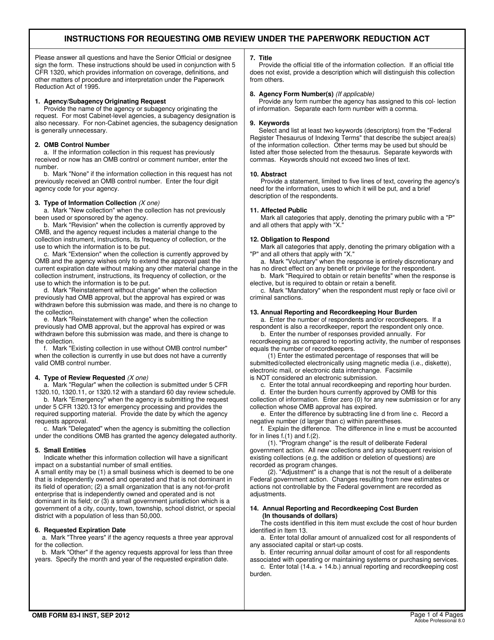
Both governmental agencies and the public are directly affected by the PRA:
- Federal Agencies: They must obtain OIRA approval for information collections, assess the necessity of the information, and minimize the burden on respondents.
- Businesses and Individuals: People and organizations filling out government forms or participating in federal surveys benefit from reduced paperwork, although they still must comply with necessary information requests.
ℹ️ Note: The PRA affects all government forms, not just those from certain agencies or departments.
How Does the PRA Work?
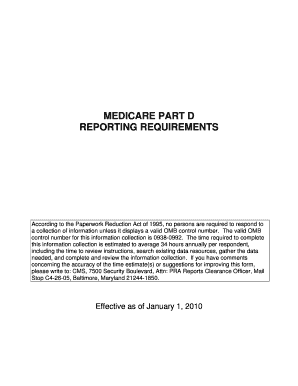
The PRA operates through a structured process to ensure that all information collection requests by federal agencies are necessary, not overly burdensome, and serve a legitimate purpose:
- Proposal: An agency proposes a new or revised information collection.
- Approval: The proposal goes to OIRA for review and approval. This involves assessing the need for information, estimating the burden, and reducing redundancy.
- Public Comment: Agencies are required to seek public comments on proposed collections to ensure transparency.
- Approval or Denial: OIRA reviews comments and decides whether to approve or deny the collection request.
- Implementation: If approved, agencies can begin collecting data. If denied, they must revise the request.
Compliance with the PRA
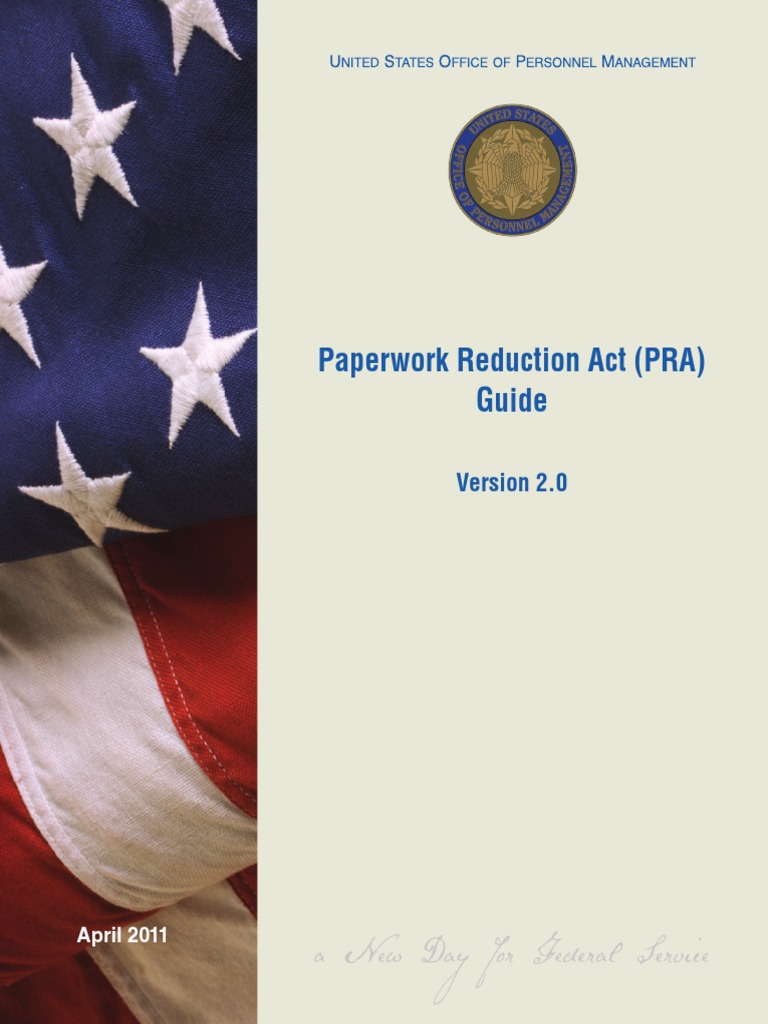
Compliance with the PRA involves several steps for federal agencies:
- Documentation: Agencies must document their information collections to justify necessity and assess burden.
- Inventory: Keeping an up-to-date inventory of all approved information collections.
- Public Input: Providing opportunities for public input through the Federal Register, public notices, and direct communication.
ℹ️ Note: Non-compliance can result in the loss of federal funding for agencies or delays in implementing new information collections.
Benefits of the PRA
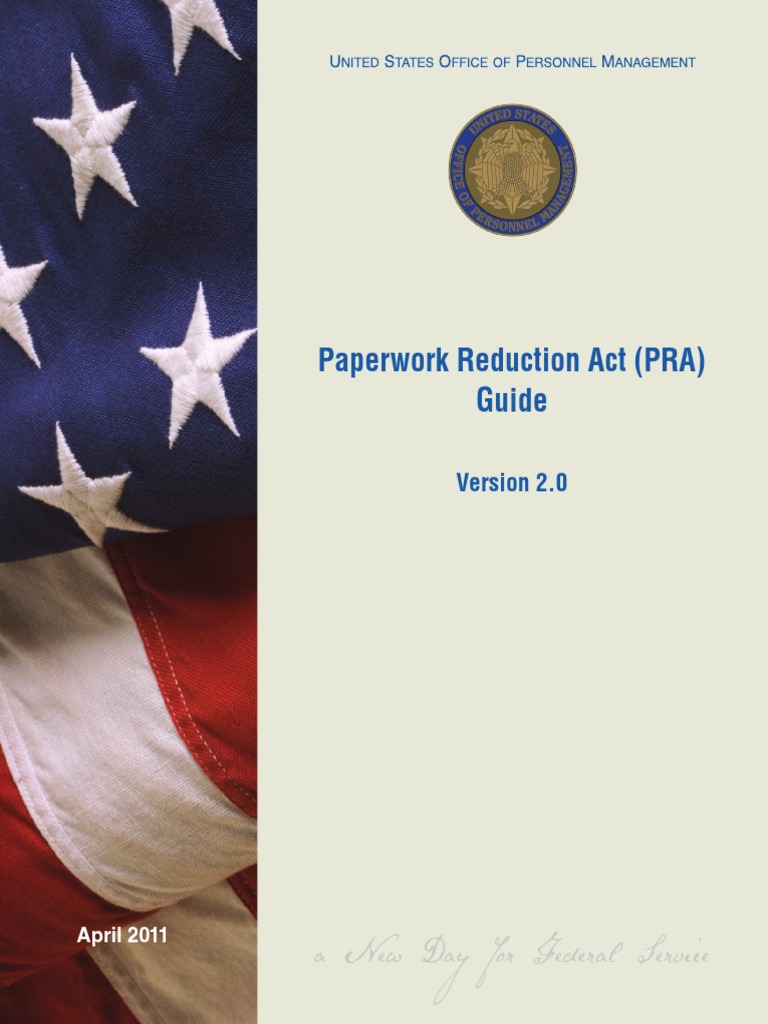
| Benefit | Description |
|---|---|
| Reduced Paperwork Burden | Fewer forms and surveys mean less time and resources spent on administrative tasks by both the public and federal agencies. |
| Improved Efficiency | Streamlined processes for information collection ensure that only necessary data is collected, improving government efficiency. |
| Enhanced Transparency | The public gets an opportunity to voice opinions on proposed collections, ensuring that agencies are accountable for their data requests. |
| Protection of Privacy | The PRA mandates strict privacy guidelines, protecting individuals’ personal information from misuse or breach. |

Challenges and Criticisms
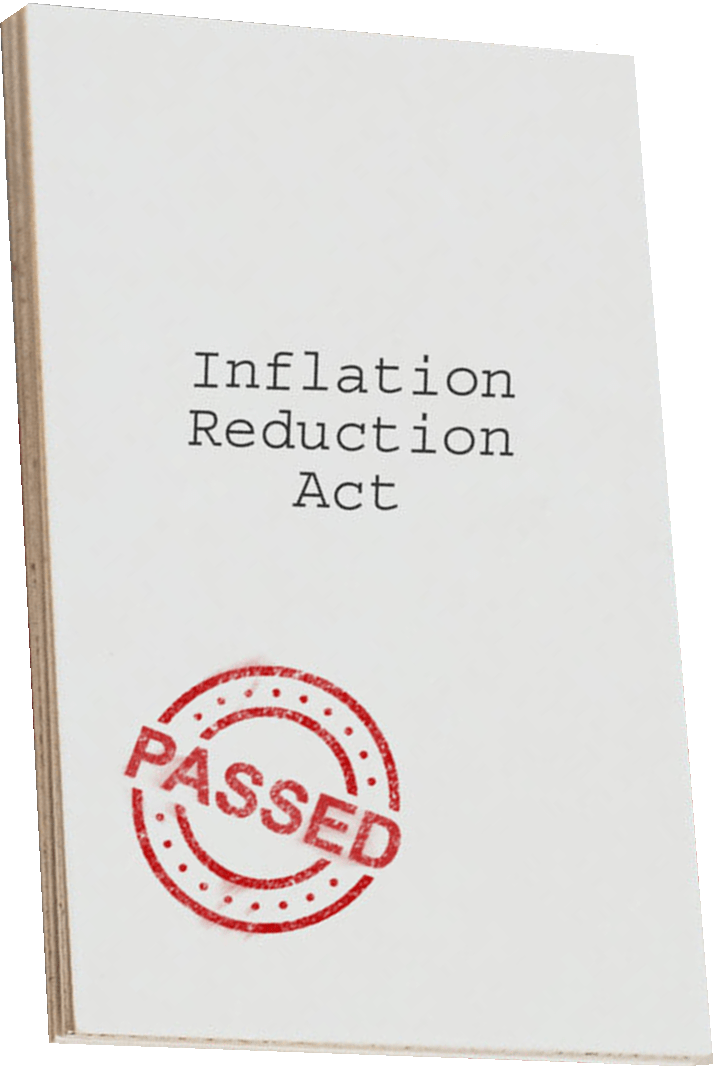
Despite its intentions, the PRA faces challenges and criticisms:
- Bureaucratic Delays: The approval process can be time-consuming, potentially delaying beneficial programs.
- Unintended Burden: Ironically, the act might increase the administrative burden on agencies to comply with its requirements.
- Unclear Guidelines: Agencies and the public sometimes find the PRA’s guidelines vague, leading to inconsistent application.
ℹ️ Note: The PRA aims to strike a balance between necessary information collection and reducing the burden on the public, but achieving this balance can be challenging.
In summing up, the Paperwork Reduction Act is an essential tool in the quest to streamline government operations and reduce the administrative load on citizens and businesses. By ensuring that only necessary information is collected, it fosters a more efficient, transparent, and privacy-conscious federal government. While not without its challenges, the PRA is crucial in our data-driven world, helping to manage information requests with care and precision. This act not only streamlines paperwork but also encourages dialogue between the public and government agencies, ensuring that the needs of all stakeholders are considered.
Who needs to comply with the Paperwork Reduction Act?

+
All federal agencies must comply with the PRA when they collect information from ten or more persons.
What happens if an agency doesn’t get OIRA approval?
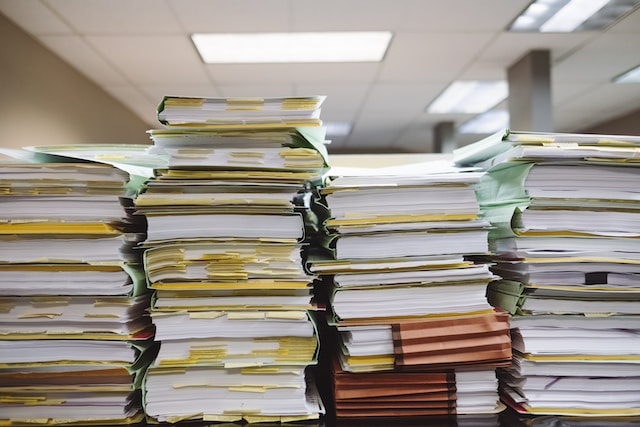
+
The agency is prohibited from implementing or continuing the information collection. This can result in delays or loss of funding for related programs.
Can the public participate in shaping information collection policies?
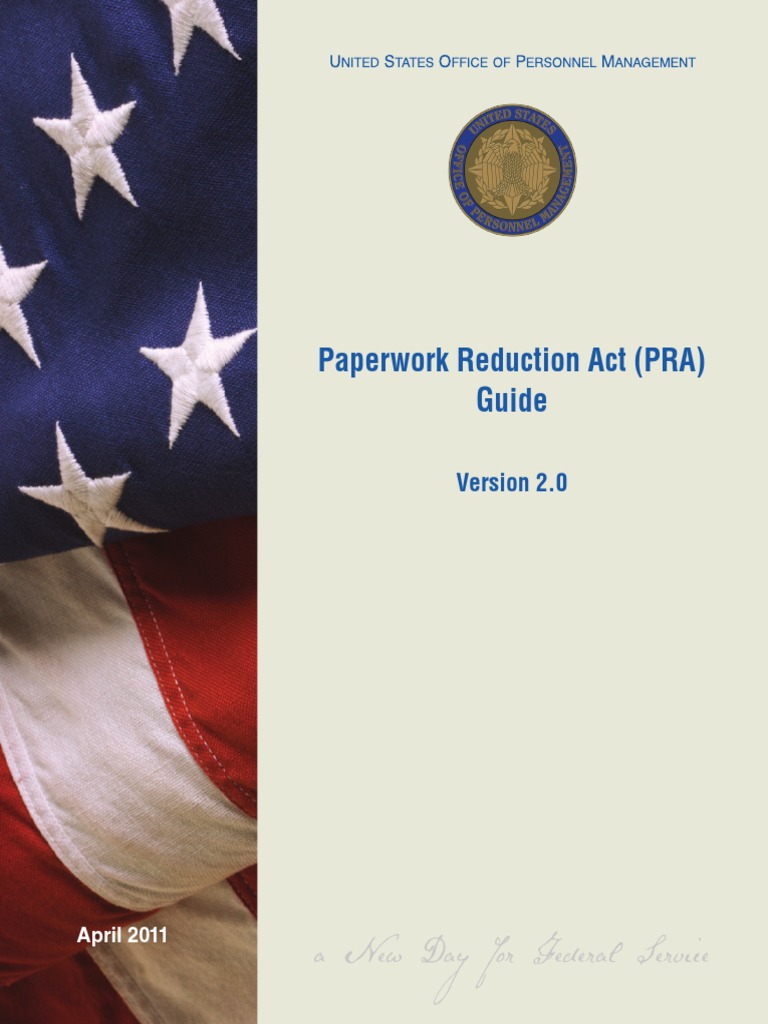
+
Yes, the PRA encourages public participation. Agencies must seek public comments on proposed collections to incorporate feedback and ensure transparency.

